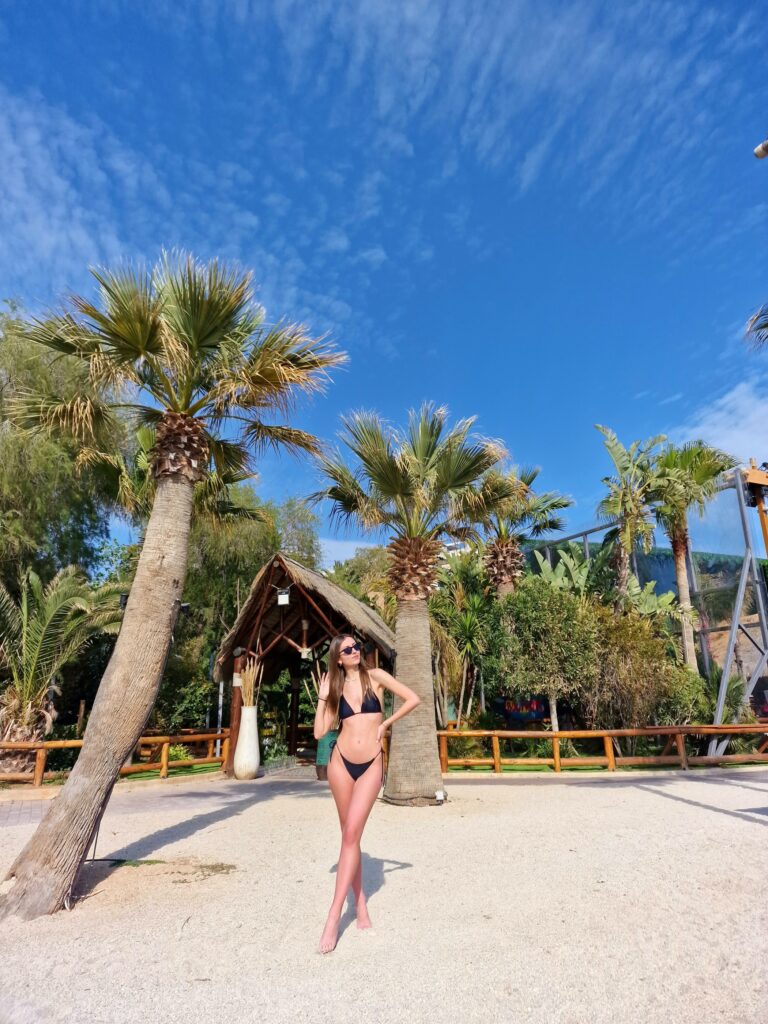The fashion industry is a big reason why the environment is getting worse and the climate is changing. This, along with a growing population, has put pressure on natural resources, which are expected to become more scarce.
The fashion industry will be affected by the lack of resources because making clothes requires materials like cotton.
The fashion industry also has to deal with a growing amount of textile waste. This is because consumers think that clothes are disposable because they are made and used so quickly. The “circular economy” is one way to deal with these problems.
The Starting Point of the Circular Economy
Walter Stahel came up with the idea of a “economy in loops” in 1976. This was the start of the circular economy. Industrial ecology, biomimicry, cradle to cradle, and performance economy have also made theoretical contributions.
The Ellen MacArthur Foundation, which made the term “circular economy” popular, defined it as “restorative and regenerative by design, and aims to keep products, components, and materials at their highest utility and value at all times.” Companies can use the circular economy in different ways, such as by reusing, reselling, remanufacturing, and recycling.
Fast Fashion and Textiles Waste
Fast fashion is marked by cheap prices and trends that change quickly. Because production has gotten better and more people are buying things, there is a big market for cheap clothing where people see and treat things as disposable. With the rise of throwaway goods, waste is becoming a bigger problem around the world. Between 2015 and 2030, waste from the fashion industry is expected to grow by 60%, to 148 million tonnes worldwide.
Textile waste is made up of industrial waste, which is a byproduct of making textiles, pre-consumer waste, which is damaged or unsuitable for sale stock, and post-consumer waste, which is made up of textiles that consumers have thrown away.
Clothes that break down in landfills hurt the environment because they release greenhouse gases, cause soil erosion, and pollute groundwater.
Circular Economy and the Fashion Industry
Waste is seen as a resource in a circular economy. By reversing logistics and sending textiles back into the supply chain at different points, textile waste can be used as a resource. Companies can use the ideas of the circular economy in their business models in two ways: either by making the product last longer or by recycling and remaking the parts of the product.
Reusing, reselling, upcycling, and remanufacturing are all ways to deal with durable, well-made, and long-lasting products. Low-quality clothes made quickly often don’t have enough value to be fixed or resold, so they should be taken back to be recycled.
Materials are recycled by taking them apart, dissolving them, or shredding them. The fibres are then turned into new materials that can be used to make new textiles in factories. You can recycle textiles in two ways: mechanically and chemically.
Mechanical recycling includes cutting, shredding, and taking things apart mechanically. In chemical recycling, man-made materials are broken down so that they can be made again.
With Love,
The Borw Team



